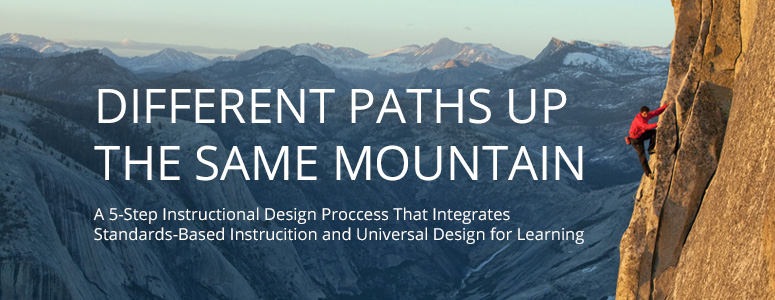
|
by Daniel Yoo August 27, 2015 |
Learn about Goalbook’s process for designing instruction that both challenges and supports students at high levels of learning. Even amongst groups of students that may be described as “typical”, there is in fact great variability in how their brains process information. Diversity and variability is the norm—not the exception—in the US K-12 classroom.